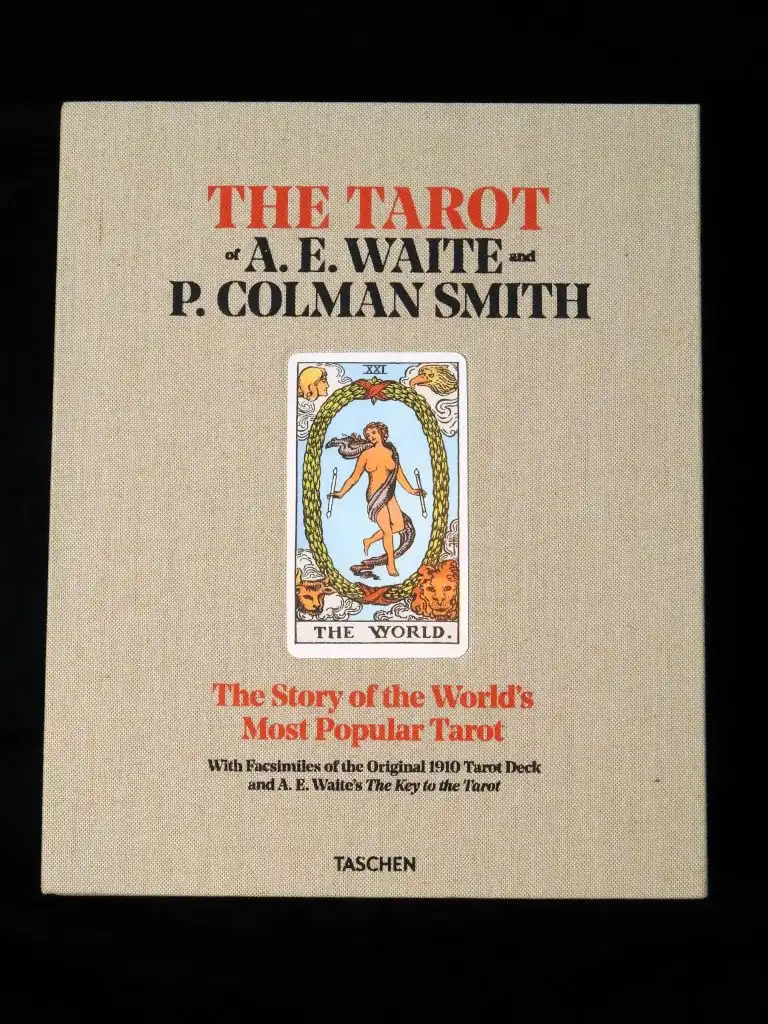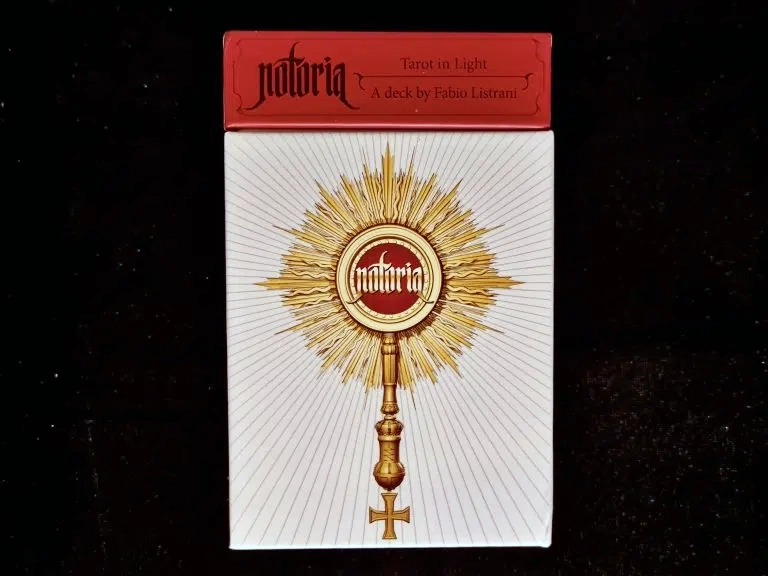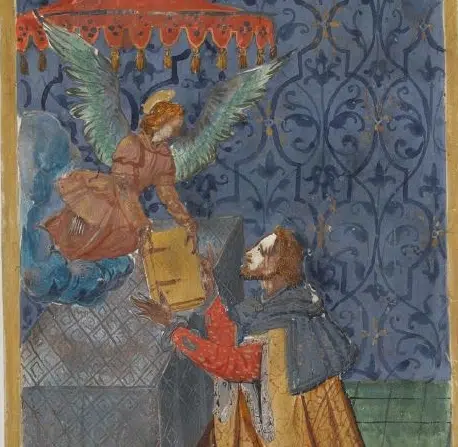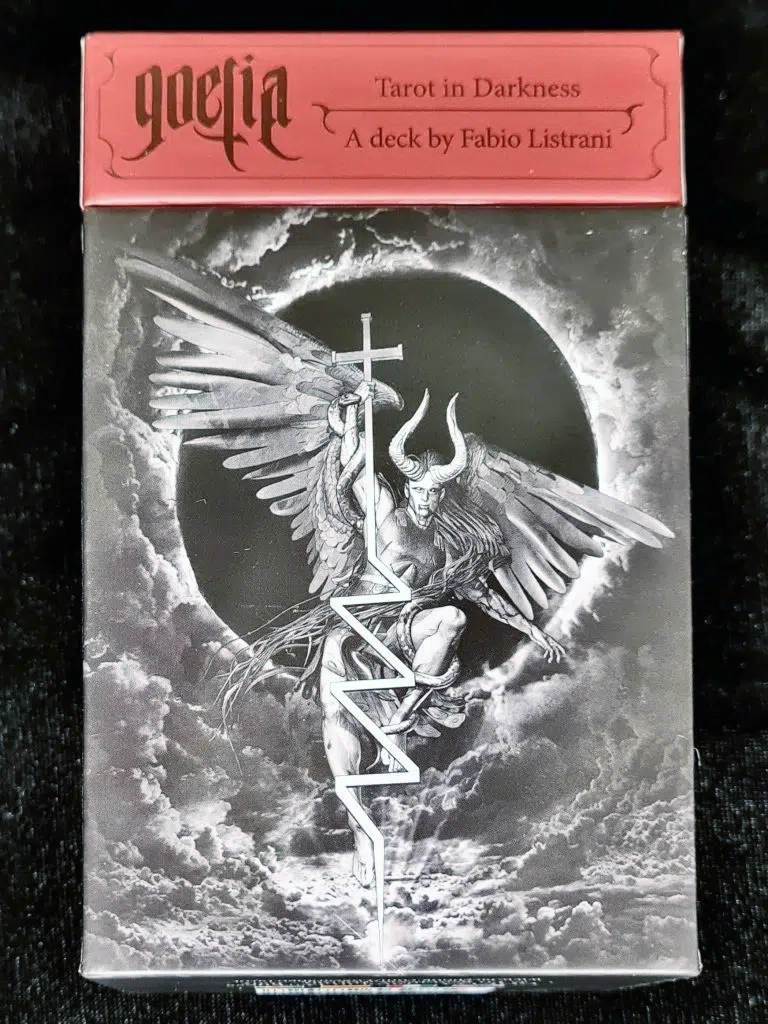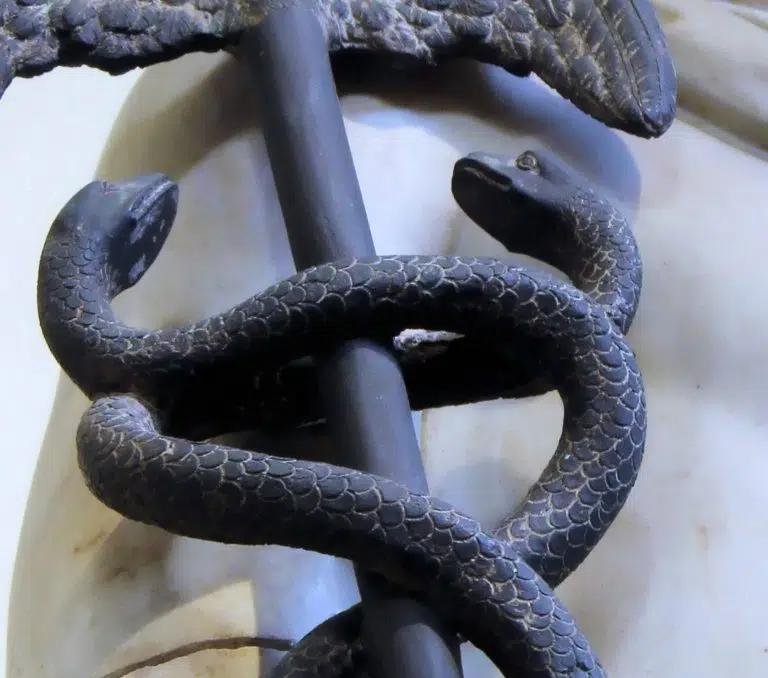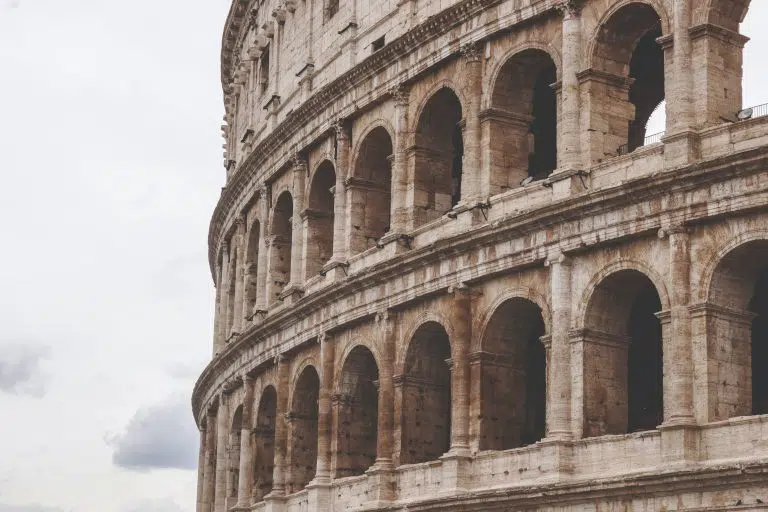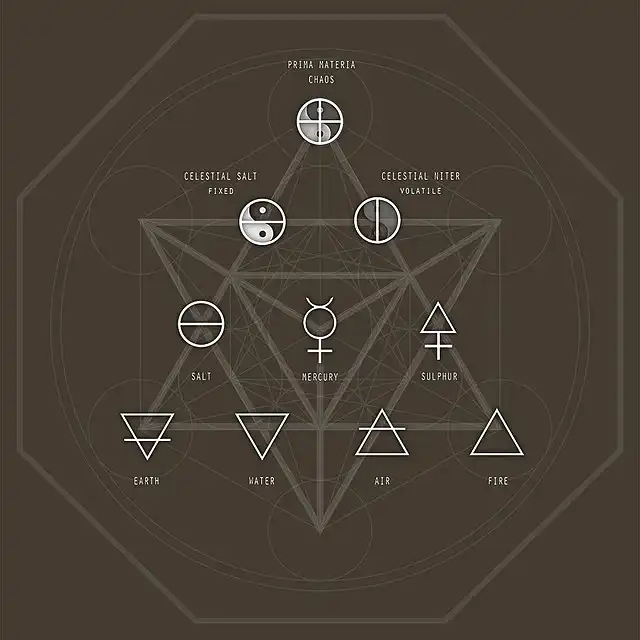
Alchemical Symbols as a Key to Occult Information
Alchemy is a practice that combines philosophy and science, and the study of transformation is at its core. Alchemical symbols are a visual language representing different substances, processes, principles, and concepts in the alchemical tradition. They played a crucial role in alchemy's practical and mystical aspects and facilitated the transmission of knowledge across cultural and linguistic boundaries. Alchemical symbols are grouped into three main categories: symbols for the elements, compounds and substances, and processes.



